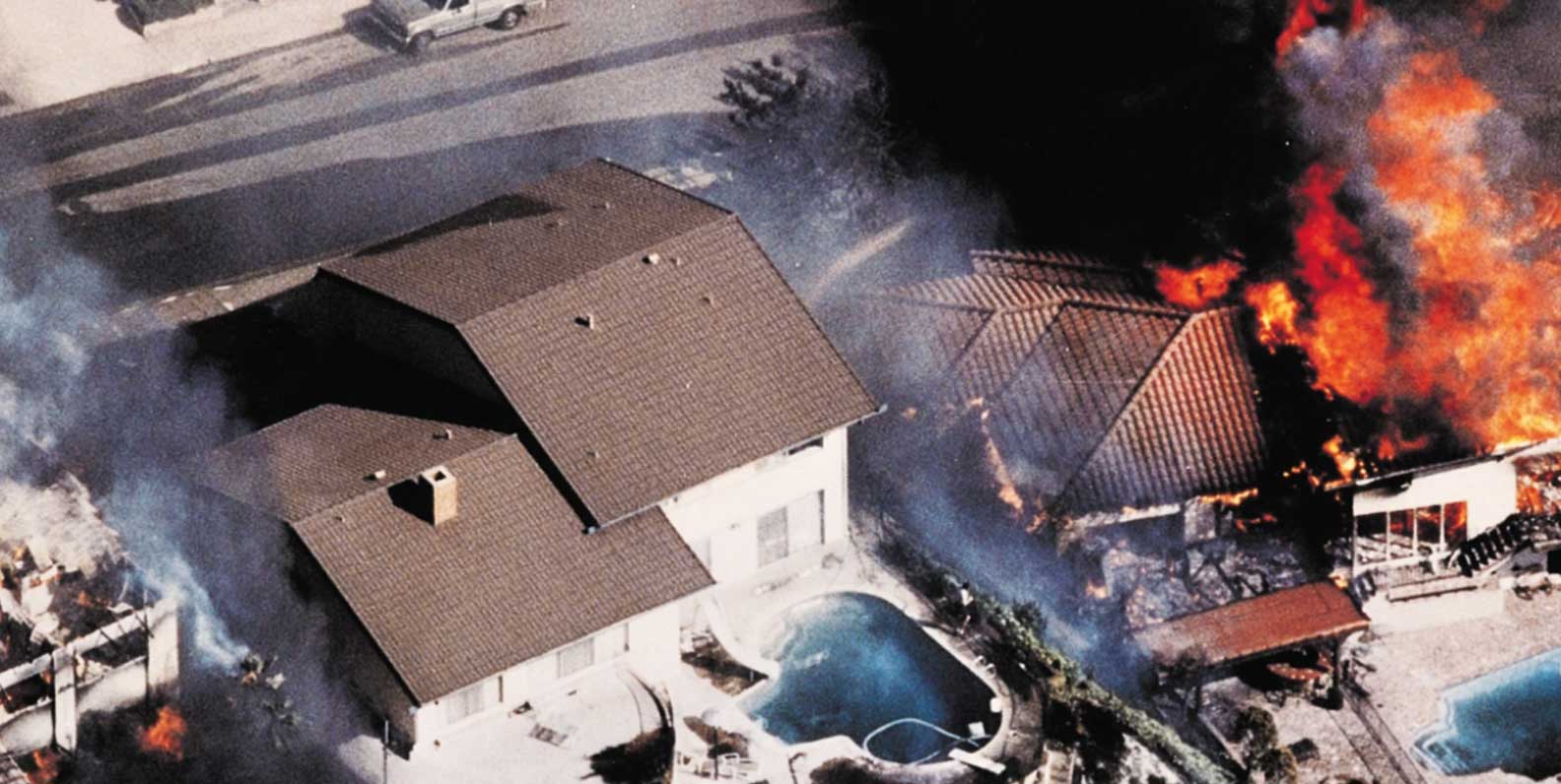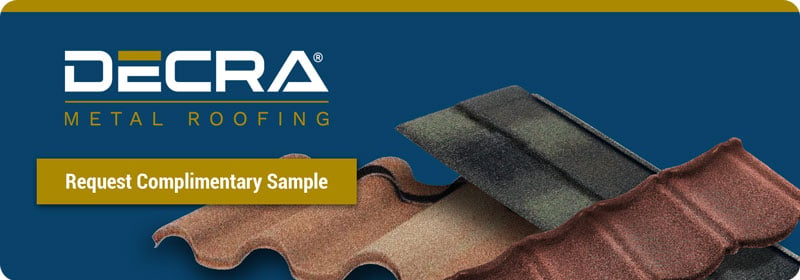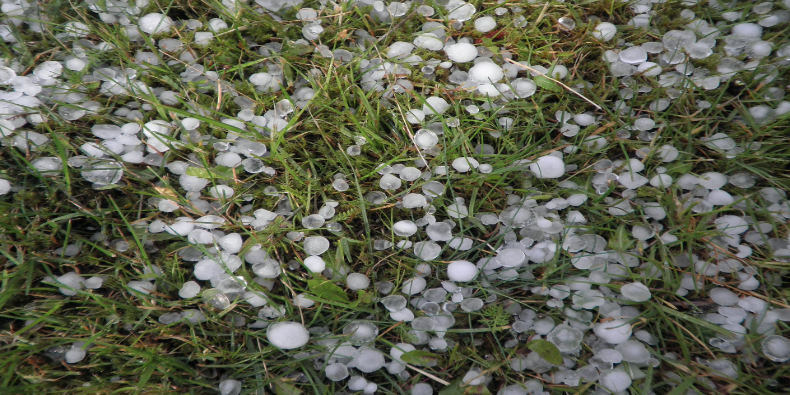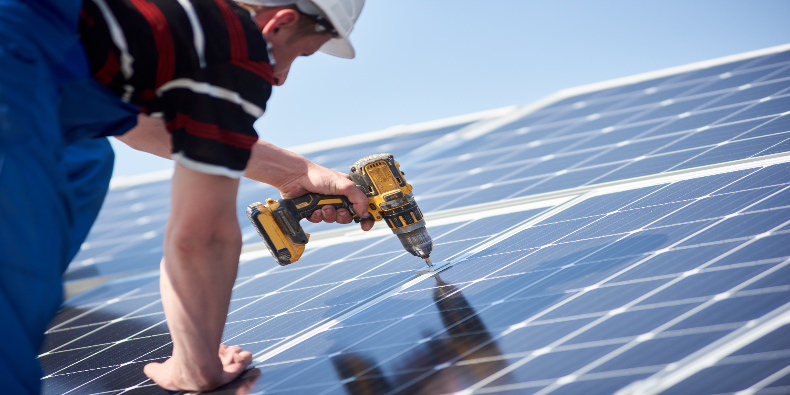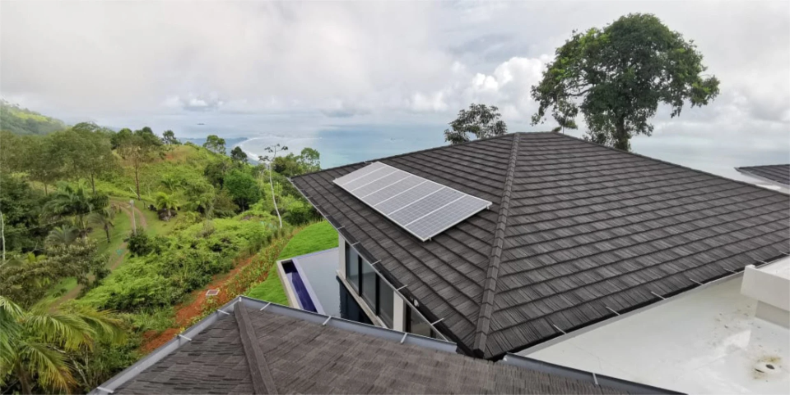If you live in a high-risk wildfire zone, you’ve likely wondered what type of roof offers the best protection for your home. And even if you don’t live in an area traditionally prone to fires, changing weather patterns may be increasing your risk.
This guide will help you understand how to choose a fire-resistant roof and more. You’ll learn:
- Why having a roof that resists fire is important today than ever before
- What makes certain roofing materials and systems more fire resistant
- How to boost your home’s fire resistance with expert fire department tips
What you discover may surprise you, but you’ll be better prepared once you take the steps to reduce fire damage to your property.
Why a Fire-Resistant Roof Matters Today
In the past, concerns about fire-resistant roofing were largely limited to residents in the West. States like California, Arizona, Nevada, and Colorado were known for frequent wildfires in late summer and autumn.
Now, however, wildfires are far greater threat due to several factors:
- Fire season is longer—in some cases year round—in the western half of the US.
- High fire risk zones have expanded, now including parts in the Northeast.
- Canada is also experiencing fires in locations that were never in danger before.
- Fires are growing larger and more intense, even altering local weather.
- Experts predict an uptick in fires due to drought and climbing temperatures
In 2025, several Southern California wildfires drew national attention for their size and destruction. Entire neighborhoods in Altadena and Pacific Palisades were devastated.
Still, there was a silver lining: a handful of homes survived thanks to smart design choices—especially the roofing material. In many cases, a metal roof helped resist fire when neighboring homes could not.
The next section explores what makes a roofing system fire resistant and why your choice of material matters.
What Makes a Roof Fire-Resistant?
Combustible vs. Non-Combustible Material
As many firefighters will tell you, it’s not always the fire front that presents the greatest danger to properties; embers are often responsible for catching homes on fire. That’s why it’s best to start with a roofing material that is non-combustible.
Christen Losey-Gregg, CPRIA and member of the Private Risk Management Association, explained: “Non-combustible materials are absolutely a point of consideration when it comes to the evaluation of whether or not an insurance company will consider insuring a risk they are underwriting. With each fire season, it becomes increasingly more difficult to procure favorable coverage and deductibles for these risks.”
Non-combustible roofing material includes metal and ceramic tile, while wood shakes and some asphalt shingles are combustible. A non-combustible roof won’t catch on fire and spread flames the way a combustible one will. Even certain asphalt shingles rated as Class A rating (see below) can ignite because asphalt is a petroleum product, and petroleum is highly flammable.
Classing of Roofing Material by Fire Resistance
All roofing products are tested and categorized by Underwriters Laboratories (UL), an independent organization, for their ability to resist fire. They are divided according to these classes:
- Class A: The highest rating, effective against severe fire exposure. These products provide the best protection against flame penetration and surface flame spread without chemical treatments or added materials. They can withstand direct flame exposure without igniting.
- Class B: Moderate fire resistance. Often infused with fire-retardant chemicals, these products offer better protection than Class C, but may ignite under prolonged extreme heat.
- Class C: Effective only against light fire exposure. While they don’t ignite easily, they can eventually catch fire.
- Unrated: Materials that do not meet the minimum UL790 (ASTM E 108) testing standards.
All DECRA stone-coated metal roofing products carry a Class A fire rating from UL.
Fire-Resistant Roofing Material vs. Fire-Resistant Roofing Assembly
While the roof covering itself is a critical first line of defense, true fire resistance comes from the entire roofing assembly. This includes:
- Underlayment - a protective layer directly beneath the roof covering
- Decking - the wood, OSB, or metal surface that supports the roof
- Insulation - helps regulate temperature and efficiency
- Flashing & ventilation - seals edges and allows airflow
The first three elements can be treated for fire resistance, while flashing and ventilation must be properly installed to prevent fire from spreading through gaps or joints.
More Home Fire Prevention Tips
Installing a fire-resistant roofing system is a powerful first step, but it’s not the only one. Additional measures, often referred to as “home hardening,” can further reduce the risk of ignition from embers, radiant heat, and direct flames. Use this checklist to help protect your home:
- Keep the roof clear of combustible debris such as pine needles, leaves, branches, and birds’ nests.
Seal gaps in roof spaces (such as under roof tiles) to prevent embers from entering. - Keep fireplaces closed during wildfire season, and use a chimney screen to stop embers from escaping and igniting nearby areas.
- Cover vents with non-combustible metal mesh, or install state-approved flame- and ember-resistant vents.
- Install tempered glass windows, and use metal screens to block embers before they reach the interior.
- Avoid flammable siding. Build decks from ignition-resistant material. Use the same material for patio covers.
- Seal garage doors to block ember entry, and where fences connect to the home, use non-combustible materials.
- Create a defensible space of at least 10 feet around your home, free of vegetation or overhanging trees.
By combining a fire-resistant roof with these proactive measures, you greatly increase your home’s resilience against wildfires.
Get Ahead of Fire Risk with DECRA Metal Roofing
Don’t wait until wildfire season is at your doorstep to think about making your roof fire resistant. With DECRA stone-coated metal roofing, you can upgrade your home’s protection any time of the year, as long as it’s safe for your contractor and your roof is free of snow.
Best of all, you don’t have to compromise on style. DECRA offers a wide range of colors and profiles that replicate the look of traditional tiles, shingles, and shakes, delivering curb appeal and fire resistance in one.
See for yourself: Try our online visualization tool today and discover how a fire-resistant roof could look on your home.
Editor’s Note: This blog was originally published in July, 2024 but has been updated with relevant information.

